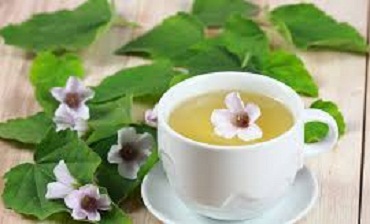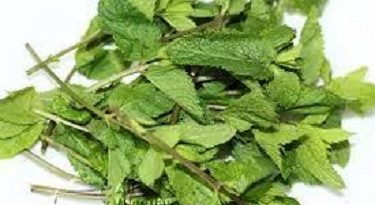Marshmallow: Althaea Officialis | Medicinal Herbal Plant
Marshmallow plant is a very useful household medicinal herb.
Plants have a significant role in maintaining human health and improving the quality of human life.
The World Health Organization estimated that 80% of people rely on traditional medicine (Craig, 1999 ▶).
Marshmallows used to grow in the garden, and that’s where the marshmallow plant (Althaea officinalis) gets its name.
Althaea officinalis medicinal herb plant, also called Marsh-Mallow, Marsh Mallow or Common Marshmallow.
History
Historically, Althaea officinalis was named by the Greeks who used it as their “official healer” with “Althos” meaning healer in Greek.
What Is Marshmallow Root?
Marshmallow root comes from the marshmallow plant and it looks like a brown, hard to chew husk.
The root, flowers, and leaves of the marshmallow plant are all edible.
The medicinal properties of marshmallow root extract come from the sap-like substance or from the mucilage, which the plant produces.
Marshmallow candy is named after marshmallow root because manufacturers initially use the root’s mucilage to make this confection.
But, nowadays candy marshmallows usually do not contain the herb. Instead, they consist of sugar and gelatin.
Medicinal Uses: Always seek advice from a professional before using a plant medicinally.
Its healing powers are due in part to the mucilage it contains.
Its normally consumed in capsule, tincture, or tea form. It’s also used in skin products and cough syrups.
Keep reading to find out more about the healing potential of this powerful plant.
It’s soothing demulcent properties make it very active in treating inflammations and irritations of the mucous membranes such as the urinary, the alimentary canal, and the respiratory organs.
The root counters extra stomach acid, peptic ulceration, and gastritis.
It is also applied externally to bruises, insect bites, sprains, aching muscles, skin inflammations, splinters, etc.
The whole plant, most especially the root, is antitussive, diuretic, highly emollient, demulcent, slightly laxative and odontalgic.
An infusion of the leaves is good in treating cystitis and frequent urination.
The root serves as a cosmetic, aiding to soften the skin
The powder and dried root has been used to bind the active ingredients when making pills for medicinal use
The seed oil is a good ingredient in making paints and varnishes
Young children have a particular fondness for marshmallows flower, not the candy.
Other uses According to WebMD include;
- Cough, especially dry coughs
- Mouth and throat irritation
- Breast pain caused by breastfeeding (as a poultice applied externally)
- Skin inflammation, dryness, burns, insect bites, and wounds
- Digestive issues such as ulcers, constipation, and diarrhea
Side Effects
Marshmallow root is unlikely to cause side effects when a person uses it in moderation.
Most research has shown that people have a very low risk of adverse effects.
Nevertheless, people may be allergic to the marshmallow root in rare cases.
As with any herbal remedy, ask a doctor before using it, and do not use herbs in place of a doctor’s recommended treatment.
Cultivation
Succeeds in almost any soil situation and incredibly easy herb to grow
Althaea Officinalis is a perennial plant growing to 1.2 m (4 ft) by 0.8 m (2 ft 7 in).
It is not frost tender and the seeds ripen from August to October.
The species is hermaphrodite (has both female and male organs) and the Bees pollinates the flowers . The plant is self-fertile.
How to Use
People can use marshmallow root in many ways to benefit from its demulcent effect.
Recipe: How to make marshmallow root herbal tea (good against cough)
Marshmallow Tea
- Firstly, soak one ounce of marsh mallow roots in a little cold water for half an hour.
- Secondly, peel off the bark, or skin; cut up the roots into small shavings, and then, put them into a jug to stand for a couple of hours
- Lastly, drink the decoction while warm, and you can sweeten with honey or sugar-candy, and or, flavor with orange-flower water, or with orange juice.
Above all, you can use marshmallow tea with good effect in all cases of inveterate coughs catarrh, etc.’ (Francatelli’s Cook’s Guide.)
Another option is to use already-made marshmallow Root Tea Bags.
Instruction
- Firstly, cover a tea bag with boiling water and allow steeping for up to 10 minutes.
- Though, optional but you can add honey to sweet-flavor the tea, which also has antimicrobial and anti-inflammatory effects.
- Lastly, you can buy/sell various forms of marshmallow root in health food stores near you or choose between brands online.



